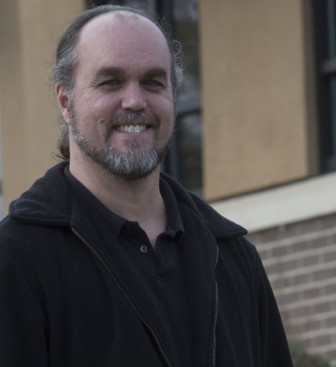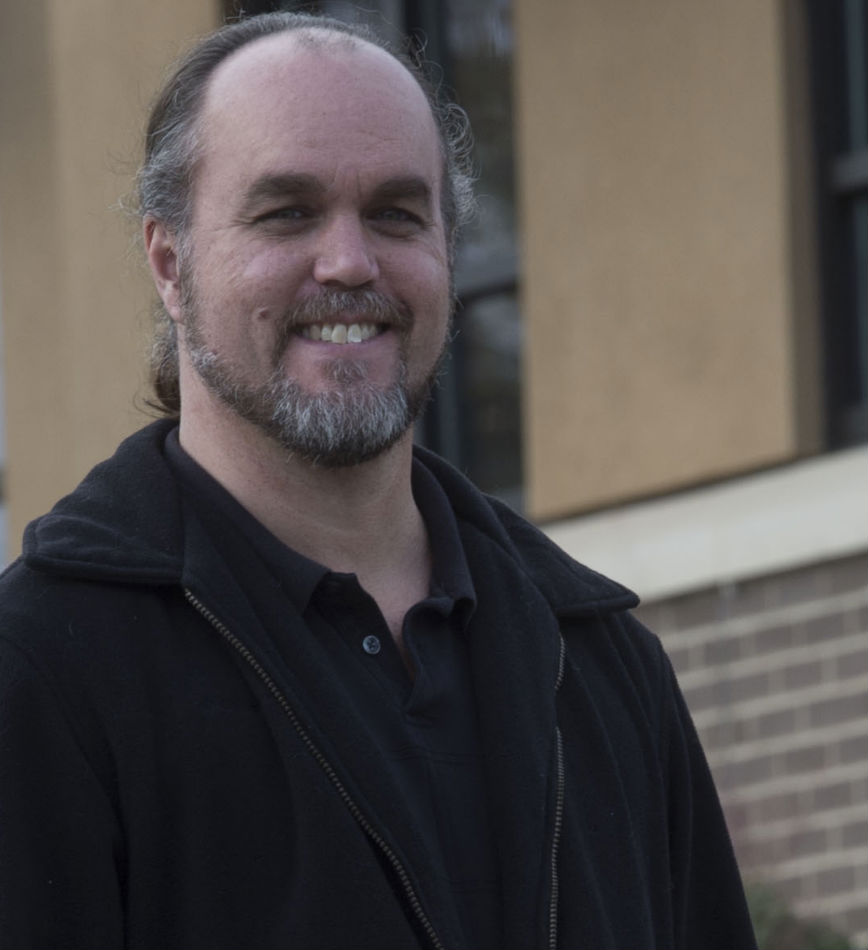 I can’t recall where I first heard the “baby” teaching. It was in the ‘90s, and I was immersed in Zen meditation and study. It could have been a book or one of my teachers from the outside, but where I learned it isn’t as important as remembering it.
I can’t recall where I first heard the “baby” teaching. It was in the ‘90s, and I was immersed in Zen meditation and study. It could have been a book or one of my teachers from the outside, but where I learned it isn’t as important as remembering it.
It’s pretty simple really. When someone is doing something we don’t like we often develop a view of them as an enemy, or at least someone to be looked upon with contempt. When we notice these feelings we imagine the person as a baby (which we all were, of course) crying out. The nearly universal response to a baby is compassion, and even people who have hardened themselves for survival will usually feel a connection to an infant.
At least part of what is happening here is empathy. The word itself is getting a lot of attention lately, and there is some debate about its definition. One of my favorite definitions is from Nonviolent Communication: the respectful understanding of another’s experience. Definitions have also come fromPresident Obama and psychologist Bree Brown.
In restorative approaches one of the hopes is that a person who has done harm, faced with the real human consequences of his actions, will be moved to empathy and thus be inclined to repair the harm and less likely to cause harm in the future. For victims it is often beneficial as well to have an understanding of what the person who harmed them was experiencing. It helps the victim to see them as another person and not a monster.
The baby teaching isn’t just a story or technique. Washington, D.C., schoolsare some of the latest to employ a program that actually brings babies into classrooms. Roots of Empathy was developed 1996 by Mary Gordon, a Canadian “social entrepreneur, educator, author, child advocate and parenting expert” who has taken her program around the globe.
A 15-year veteran teacher quoted in a Washington Post article about the program was initially skeptical, but has been won over by its effectiveness. Kids who were unengaged or causing disturbances have changed for the better.
“I feel like every moment is truly a teachable moment when it comes to these children’s character.”
Other approaches have been shown to induce empathy as well. NPR’s All Things Considered recently featured a program at Philadelphia’s Freire Charter School. The school has created a forum for kids to speak, guided by the simple prompt, “If you knew me, this is what you’d know.” From drug dealing parents and murders to terminal illnesses, kids share their stories.
The goal, according to the school organizer, is to create a space where the kids will be safe from judgement and criticism.
“Kids have a lot to say, and I thought it could be really humanizing and helpful for the school as a community…” said Dave Shahriari.
School administrators see it as a way to decrease separation and isolation, two things that can lead to violence. Students talk about how the environment of the school has changed. It went from nonchalance about being at school to: “It’s like we feel like a family, like we know all that about each other,” as one student said.
These are just two programs that tap into what is now known as social-emotional learning. These approaches acknowledge that empathy and other “soft” skills can be encouraged and developed, and that far from being unimportant, these skills can not only contribute to students’ educational and life success, but also shift youth away from violence and other anti-social actions.
Such skills may not be measurable by standardized testing, but evidence continues to mount that they are just as important as the three Rs. Maybe it’s time we took a harder look at these so-called soft skills.


























